
We’re back with another open source spotlight! This week, we’re showcasing Plural.
Are you working on an open source tool for platform engineers? We want to hear about it! Get your project featured in Platform Weekly here.
Let’s get bakin’ 🥐
OSS Spotlight: Plural
By: Michael Guarino, CTO and Co-Founder of Plural
Throughout my engineering career, which includes tours at Amazon and Facebook, a lot of what I did was scale open-source applications in a self-managed way. Obviously, at these organizations, we had access to greater engineering resources, allowing us to shift this process in-house.
If you have managed and deployed open-source applications on Kubernetes, you’re likely familiar with the tedious and time-consuming process.
For example, a stateful application like Airflow consists of a SQL database and Redis cache. Both components are difficult to manage, and companies dedicate an engineer’s job to scaling Airflow while ensuring it is always available.
After talking with hundreds of developers over the last two years and through my previous experiences, it became clear that there was a wide gap between a solid Kubernetes deployment and a fully hosted offering from either a cloud provider or a legacy software vendor.
While Kubernetes has a lot of technical potential, there is still a huge gap that is not generally commercially viable to the average developer. I discovered these three constraints organizations face when deploying open-source applications on Kubernetes.
- Applications need to be tailored to each specific cloud. Solving for cloud customizability is as complex as a code management problem. Each cloud has its own services, APIs, and conventions leading developers to navigate documentation depending on the Cloud provider.
- Running applications directly on Kubernetes is deeply customizable. This usually impedes a functionable out-of-the-box experience, which most legacy tools and cloud providers cannot accomplish. Solving a complicated problem like this in-house is a hassle, especially if you are already short on engineering resources.
- Application lifecycle management is challenging. Similar to solving for cloud customizability, application lifecycle management is a complex process. Just because an application is easy to install doesn’t mean it’s easy to manage as well. Those applications often become a pain to manage, leading to technical debt.
Over the last two years, I have built and designed Plural to solve each of these constraints. If you want to support our journey, star us on GitHub.
Short on time? ⏳ We got you 🥐😋

🥐 According to Puppet’s Field CTO Nigel Kersten, platform engineering needs a prescriptive roadmap. Check out his chat with the folks at InfoQ.
🥐 It’s time to break out our predictions for platform engineering in 2023. 👀
🥐 How do you hit the right level of abstraction for your Internal Developer Platform? Signicat’s Jon Skarpeteig shares how his organization made it happen.
🥐 ICYMI: Ship It! Is a great podcast about SRE, platform engineering, and DevOps topics. Definitely check it out.
🥐 The developer experience is a critical issue for today’s engineering organizations. But platform teams can help. 😉

🥐 Have you joined the Platform Engineering Slack channel? If not, you're missing out.
- How do you handle the module abstraction so developers don’t have to write .hcl code?
- Reproducible developer environments are a technique/practice NOT something that can be purchased as a product feature.
- Does anyone know of good alternatives to something like dogshellwrap?
This newsletter is a community effort, so if you have anything awesome to share from the cloud-native world, send it our way. You can share your ideas here.
Cya next week!
Stay crunchy 🥐
Luca



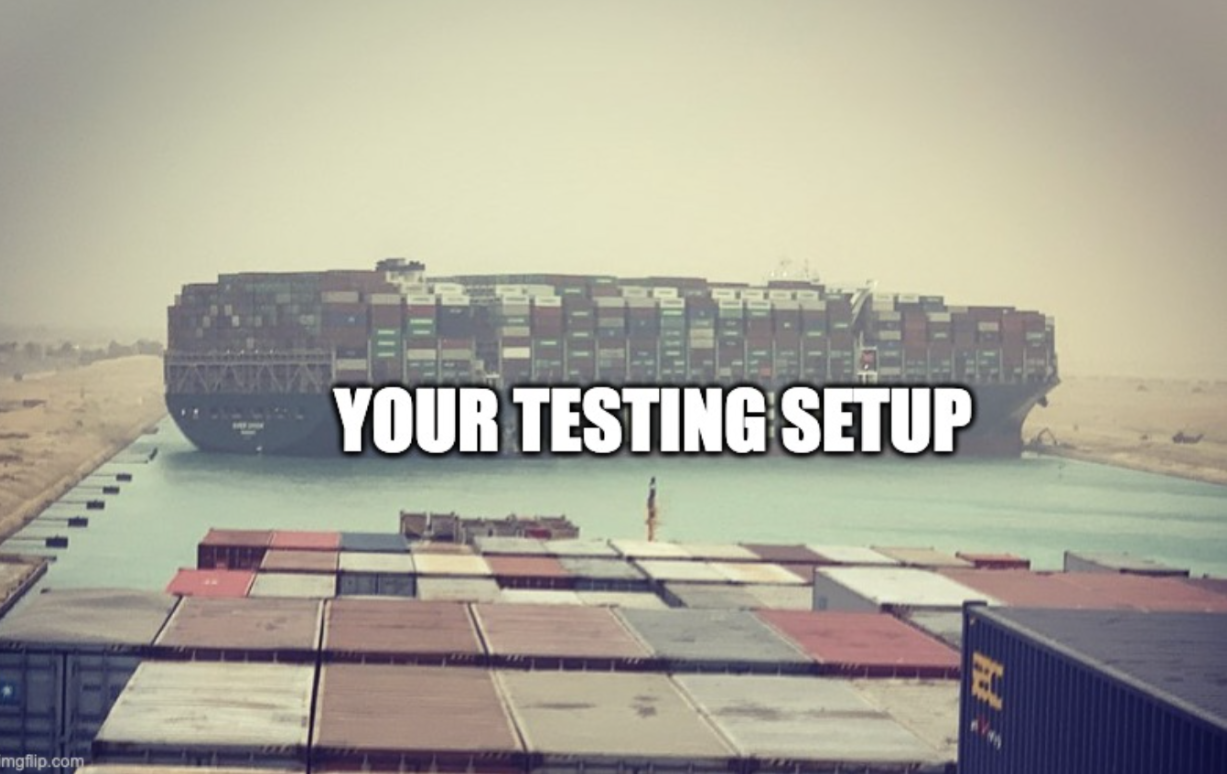



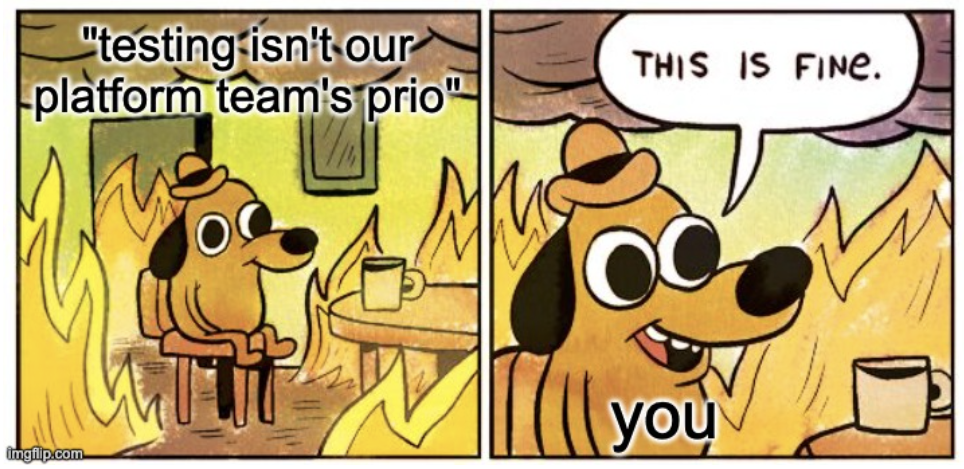







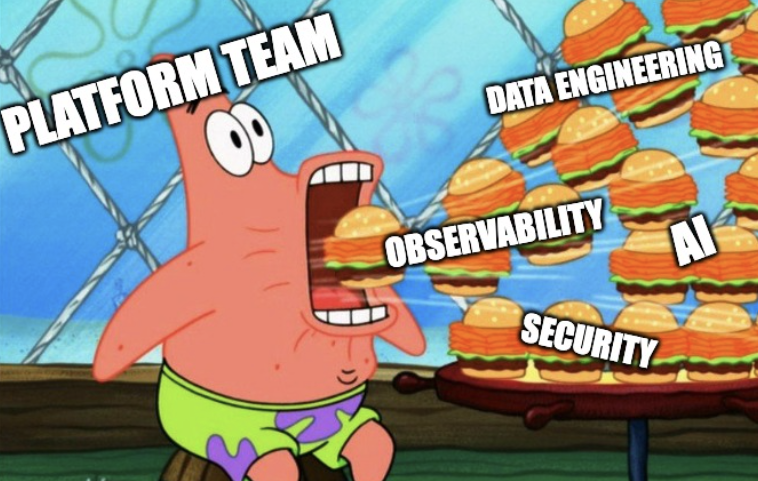





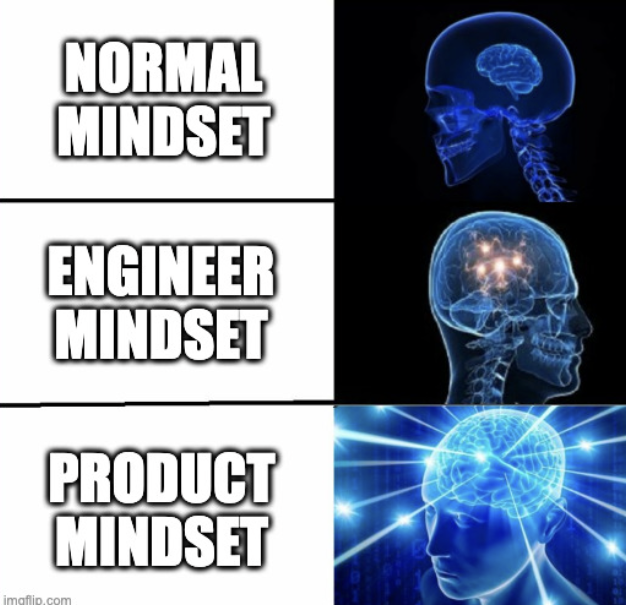



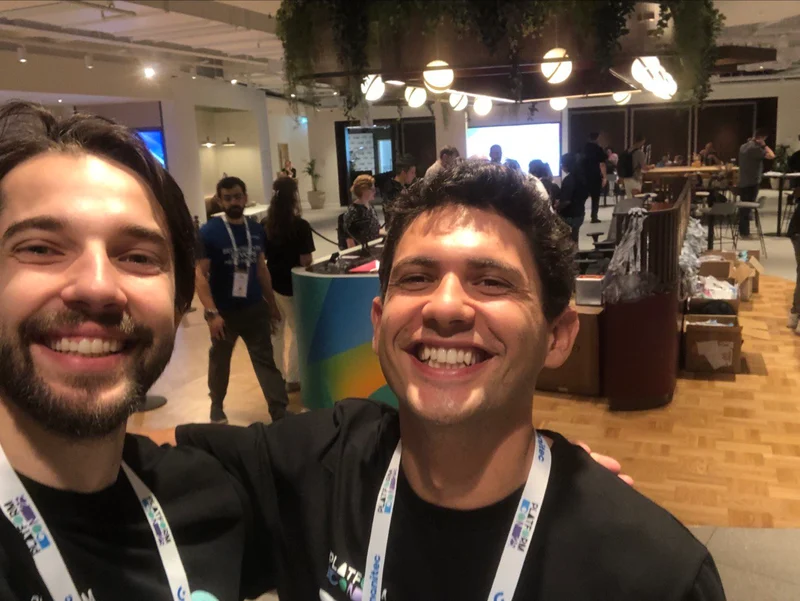

.webp)
.webp)




.webp)
.webp)


.webp)
.webp)
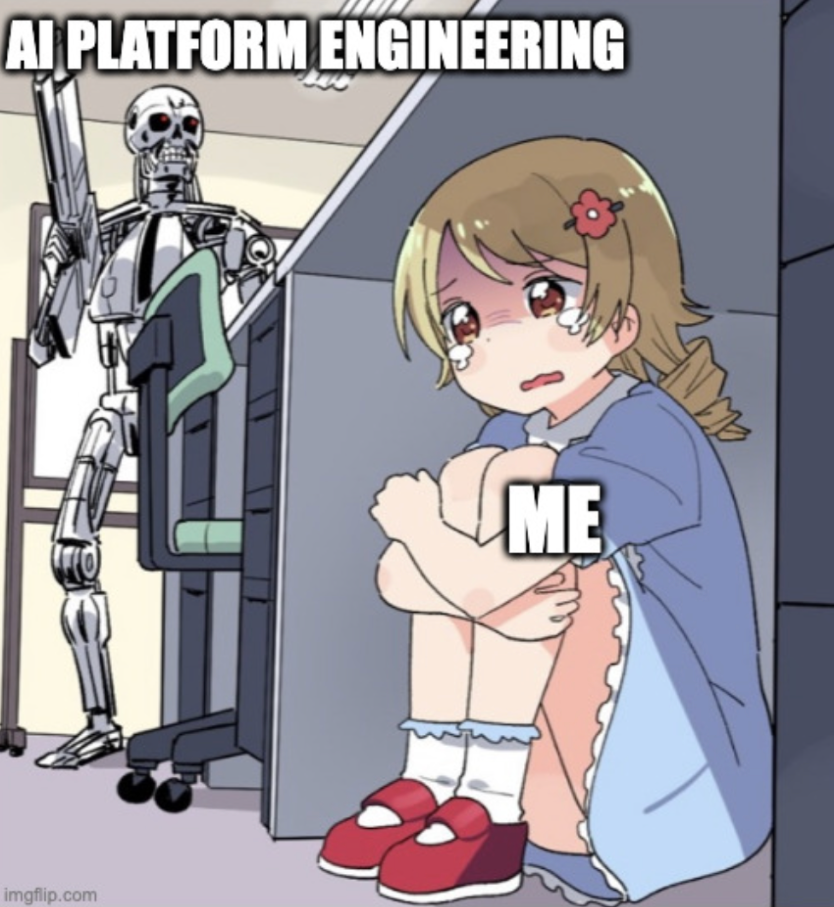
.webp)


-1.webp)














.jpg)
.jpg)
.jpg)
.jpg)
.png)
.jpg)
.png)
.jpg)
.jpg)
.jpg)


.jpg)
.jpg)
.jpg)
.jpg)
.jpg)
.png)
.jpg)
.jpg)
.jpg)
.jpg)
.jpg)
.jpg)
.png)
.jpg)
.jpg)
.jpg)
.jpg)
.jpg)
.jpg)












